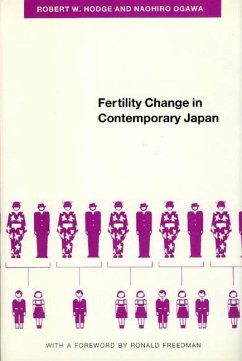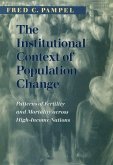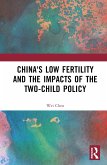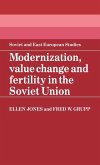Although the Japanese economy was in shambles at the end of World War II, its growth performance has been spectacular during the past few decades. No less phenomenal was the unprecedented rapidity with which Japan moved through the final stages of its demographic transition. Over the last forty years, Japan has experienced a striking decline in its birthrate. This decline has occurred in parallel with rapid urbanization, industrialization, and socioeconomic development. How much have Japan's unique cultural factors been related to the fertility change? Robert W. Hodge and Naohiro Ogawa develop a detailed statistical model of determinants of fertility in modern Japan. They persuasively demonstrate that these same factors combined with others continue to affect Japanese reproductive behavior at the microlevel. Using a variety of statistical tools designed for cross-sectional and time-series analysis, the authors study, in the context of Japanese socioeconomic transformations, changes in key demographic variables such as cumulative fertility, desired family size, abortion, and contraceptive use. All of the statistical apparatus they employ is carefully explained, both in detail and in a step-by-step fashion. Rich in insights into Japanese society, this volume will be of interest to social and economic demographers, development economists, and Japan-area specialists.








